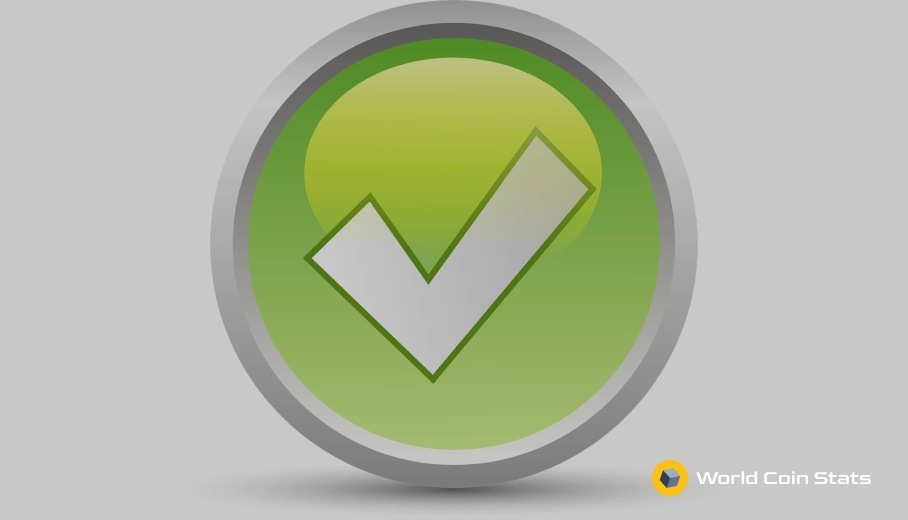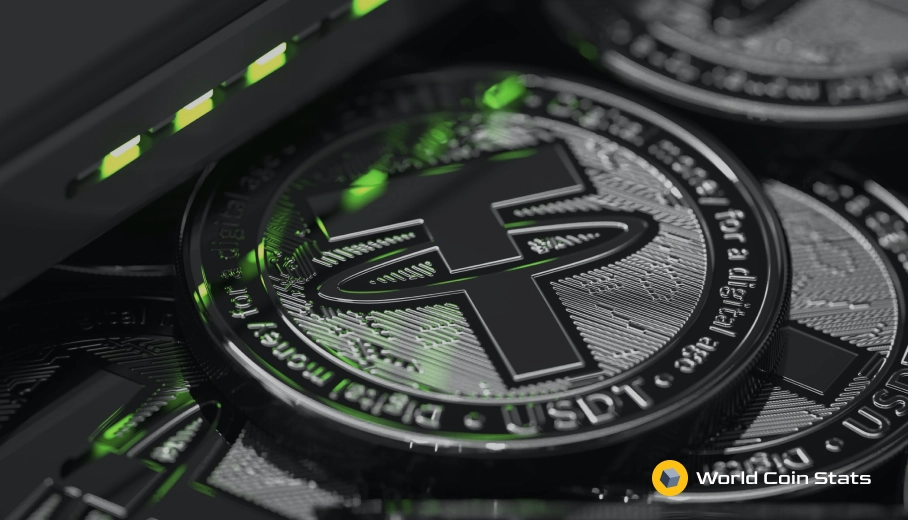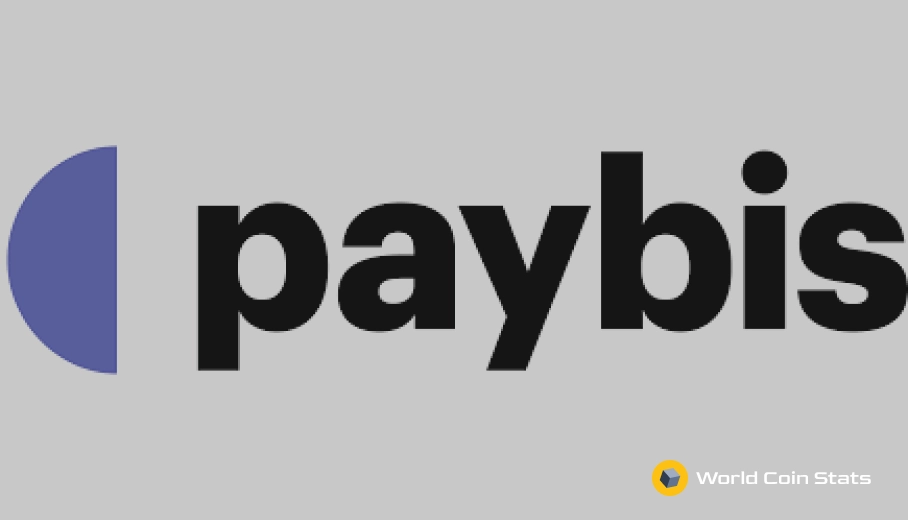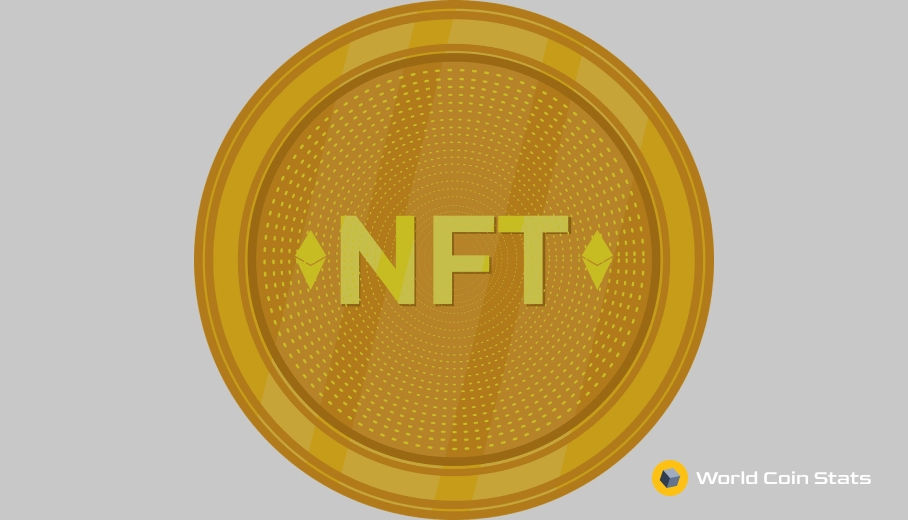BSC, Solana and Ethereum: The cost of validation
Ethereum has had one major problem on its hands for the past four years – scalability. This has become more and more apparent as the rise of decentralized finance (DeFi) and non-fungible tokens (NFTs) has led to a significant amount of bloat on the blockchain, which has caused transaction fees to surge.
Anyway, this article will cover some of the costs that go into validating the blockchain.
Contents
The Blockchain Triangle
There’s a funny saying in the cryptocurrency. It’s based on the traditional, “List three things, pick two of them” model.
It goes like this: “Decentralization, security, and scalability – pick two.”
This is what we refer to when we say the “cost of validation.” It’s not always about the cost of validation in dollar amounts. Sometimes validation has costs that cannot be denominated in a currency.
The next section will explain some of the strengths of BSC, Solana, and Ethereum when it comes to this blockchain triangle, which should make it clear the cost of validation outside of simple transaction fees.
The Strengths and Weaknesses of BSC, Solana, and Ethereum
As mentioned previously, this section will cover the strengths and weaknesses of BSC, Solana, and Ethereum. All these blockchains have their own strengths and weaknesses.
Ethereum – Strengths and Weaknesses
In terms of the blockchain triangle, Ethereum has decentralization and security. There are over 15,000 Ethereum nodes and the blockchain has proven its security by being in existence for years without any hacks.
The major issue with Ethereum is scalability. There are a maximum of 15 transactions per second and the average transaction fee is around $15. But it sometimes soars to as high as $50 during peak demand for transactions.
That is terrible scalability.
Ethereum is working on this with Ethereum 2.0, but it remains to be seen when that will be fully released.
Despite the scalability problem, Ethereum still remains the most popular blockchain for decentralized finance and has exploded in price over the past few weeks with the increasing popularity of decentralized finance.
BSC – Strengths and Weaknesses
First of all, BSC stands for Binance Smart Chain. That should give you a little hint about the weakness of BSC.
The positives of BSC are that it’s scalable and somewhat secure. Scalability isn’t too big of a problem with 100 transactions per second. More importantly, BSC keeps transaction fees low at about $0.15 per transaction.
$0.15 per transaction is a great improvement over Ethereum.
The problem, of course, with BSC is that it’s not really decentralized. There are only 21 nodes and 15 of those nodes are run by Binance. Binance has so far proven to be trustworthy, but that goes against the principle solution of decentralization having a major corporation run 70% of the nodes on a blockchain.
It also poses a security risk having that much centralization. Again, decentralization was created to escape these problems and BSC does not seem to really offer a decentralized solution.
Despite that, BSC is tremendously popular with the leading decentralized exchange – PancakeSwap – having $2 billion more total value locked than Uniswap. The price of Binance Smart Coin is also above $600, which is a tremendous increase in value.
In our opinion, this is mostly a result of BSC offering lower transaction fees while also offering a similar amount of liquidity.
Solana – Strengths and Weaknesses
Solana actually meets all the requirements of the triangle – it has a whopping 50,000 transactions per second, fees significantly less than one cent, and nearly 600 nodes.
That covers decentralization, scalability, and security. The problem with Solana really doesn’t concern anything on the triangle.
The problem with Solana boils down to the total value locked on the blockchain being about $3 billion, which is by no means bad. It’s simply not nearly as popular as the other blockchains.
Does this mean Solana is going nowhere?
Not at all. It has all the makings of a popular blockchain, but the tech behind the blockchain only matters if people actually use it.
BSC, Solana, and Ethereum: Who will win?
These competing blockchains have brought an interesting question to the forefront – who will win out as the “blockchain of DeFi?”
Well, first of all, the blockchain of DeFi will likely never exist due to the nature of DeFi.
With that out of the way, Ethereum has the lead already, so it’s reasonable to assume that they will maintain the lead if/when they get the scalability issue under control. The scalability issue will likely be resolved with Ethereum 2.0 whenever that eventually gets released.
For second place, we will go with BSC. We know it’s not decentralized and is controlled by a centralized exchange, but that has not seemed to be a big issue for people. It’s a little perplexing. However, it just shows the importance of low transaction fees to DeFi.
Solana is a bit of a wildcard – it has all the traits, but it can’t seem to garner much interest compared to BSC and Ethereum. If it does garner a lot of interest, then it’s definitely a blockchain to keep an eye on as it is pretty perfect.
Final Thoughts
Well, that covers it for the cost of validation in DeFi. The cost goes beyond just the dollar amount for a transaction – it often comes at decentralization, long transaction times, and potential security issues.
The first blockchain that can solve all those problems and gain a lot of interest will likely succeed in the long term.




